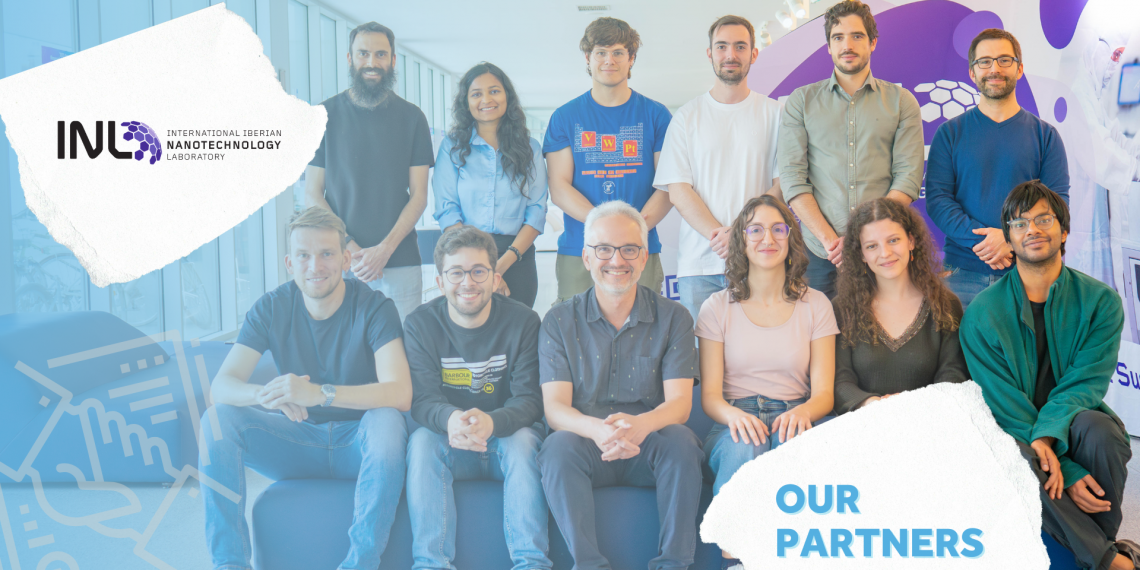The INL is an international intergovernmental research organisation that carries out cutting-edge research and development in nanotechnology, acting as an innovation integrator across multiple areas.
This month, we spoke with Rui Soares Barbosa and Leonardo Novo, members of Quantum and Linear-Optical Computation group at INL, with whom INESC TEC has been strengthening collaboration in this field.
How did the collaboration between INL and INESC TEC in the field of quantum computing begin?
The collaboration between INL and INESC TEC began in 2017 with the QuantaLab consortium, a joint effort to access IBM’s quantum computers. It brought together research groups from condensed matter physics and computer science who shared a rising interest in quantum computing. Later, INL established the Quantum and Linear-Optical Computation group, and with the arrival of Ernesto Galvão in 2019, the collaboration endeavours increased.
What are the main strategic objectives of this partnership?
The partnership focuses on fundamental research in quantum computing, particularly on the shared interests of both groups, i.e., foundations and models of quantum computing and quantum software engineering – including programming methods, software verification, and algorithm development.
An important element of the collaboration is the joint supervision of PhD and master’s students, with close to 15 young researchers affiliated with both institutions. This partnership between INL and INESC TEC is making Braga a national hub for training a new generation of researchers and professionals equipped with knowledge and skills in quantum technologies.
We’ve co-authored several scientific papers, some in leading journals in the field of quantum computing. What would you consider to be the main contributions and outcomes of this collaboration?
It’s difficult to single out the most important contributions. Our collaboration has already yielded several outcomes, such as new quantum simulation algorithms, novel demonstrations of quantum computational advantage, and improvements to existing quantum algorithms to make them easier to implement. We’ve been able to attract several motivated and talented young researchers who are often the main drivers of these advances.
What do you value most about this experience with INESC TEC?
The researchers at INESC TEC introduce an outlook deeply connected to computer science and formal methods in software engineering, which complements the existing expertise within our group at INL. Quantum computing is a highly interdisciplinary field, cross-cutting physics, computer science, and mathematics; this diversity of views and methodologies greatly enriches the development of research in this domain.
Moreover, the presence of an established group in this area at INESC TEC – and their welcoming attitude and openness to collaboration – was essential in establishing and consolidating quantum computing research at INL, as well as helping to integrate it into the local and national research ecosystem.
What can we expect from this collaboration in the coming years?
Quantum technologies are a rapidly developing field, drawing increasing global interest and investment. In the coming years, we plan to expand our collaboration in various directions. We aim to increase our involvement in joint research projects, as well as strengthen connections with industry, both nationally and internationally. We also seek to continue investing in training young researchers and in the creation of a cluster of expertise in Portugal that can make a meaningful contribution to the development of quantum technologies.



 News, current topics, curiosities and so much more about INESC TEC and its community!
News, current topics, curiosities and so much more about INESC TEC and its community!